Build number sense skills with this set of 20 task cards.
Use this set of task cards to easily implement number talks in your classroom.
Number talks are meant to be short, daily, math activities that allow students to have meaningful and highly engaging conversations about math. Simply show students the front of the card, and ask the prompts on the back. These exchanges will lead to the development of more accurate, efficient, and flexible strategies for students.
This card set is a great teaching resource for helping students with:
- number identification
- representing numbers in a variety of ways
- composing and decomposing numbers
- comparing numbers
Simply print out the task cards front and back so that the prompts are displayed on the back of each card. The cards may also be put on a ring for added convenience.

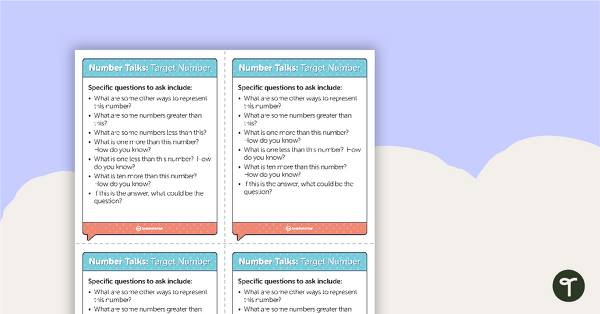
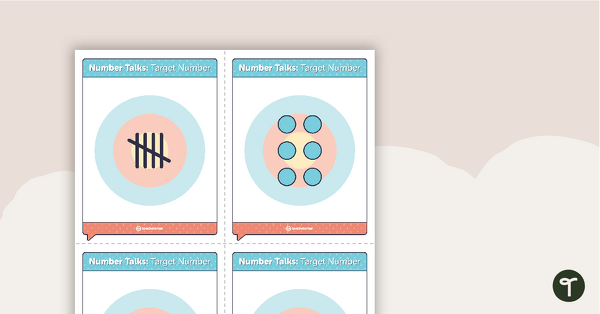


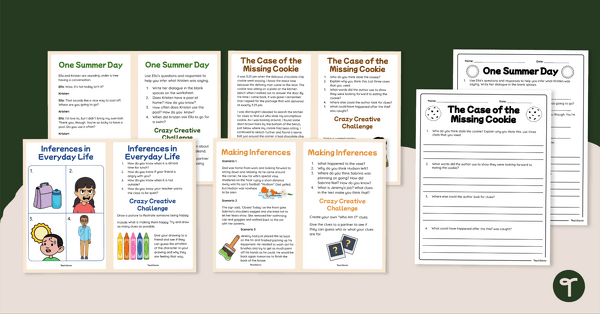
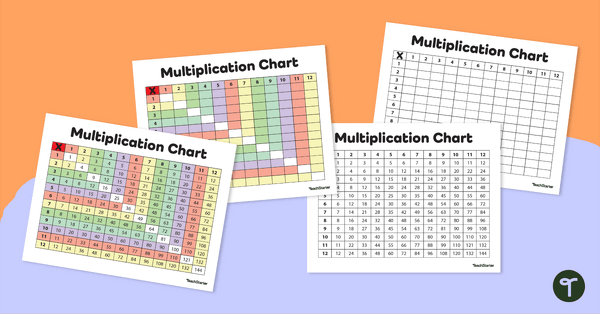
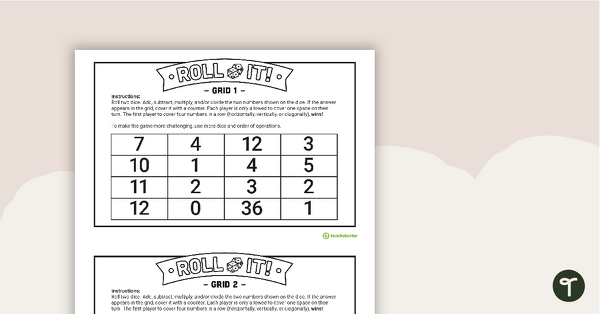
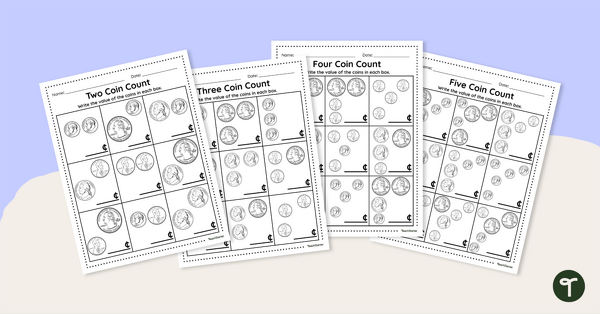

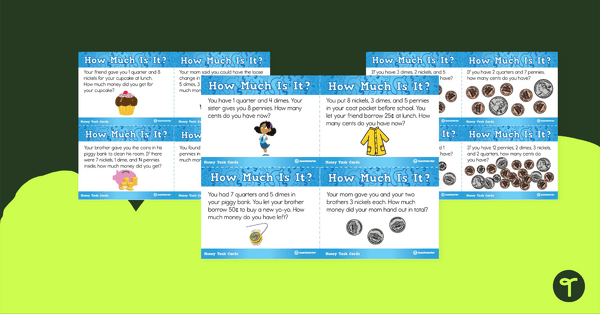
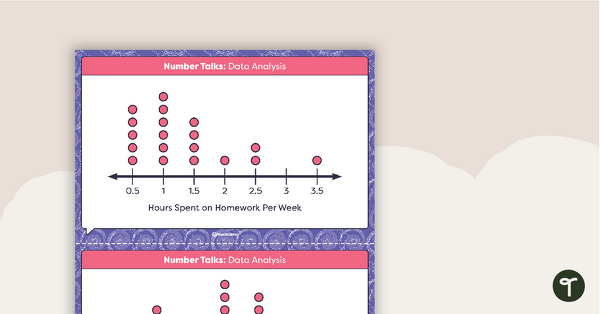
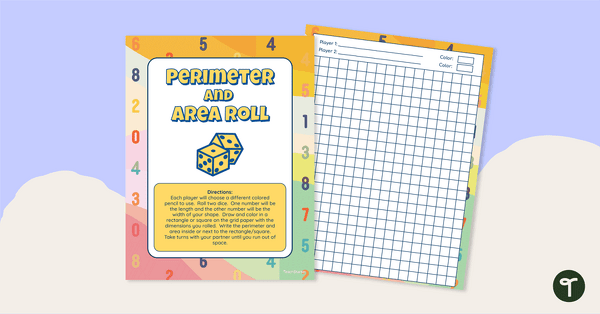
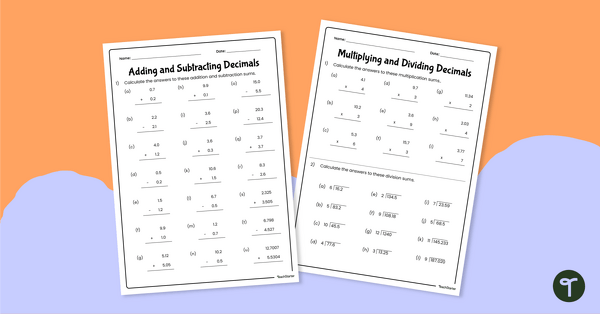
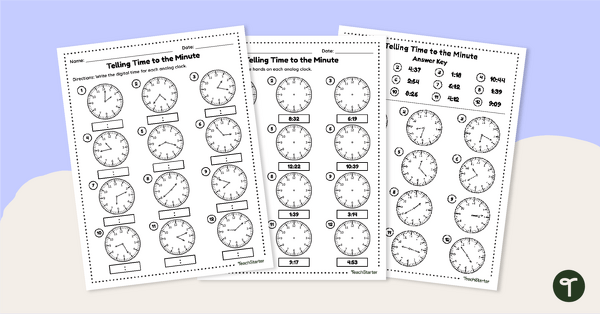
0 Comments
Write a review to help other teachers and parents like yourself. If you'd like to request a change to this resource, or report an error, select the corresponding tab above.